
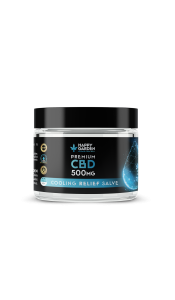
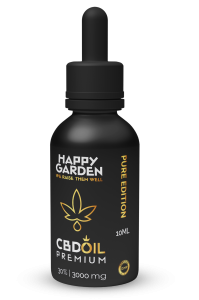
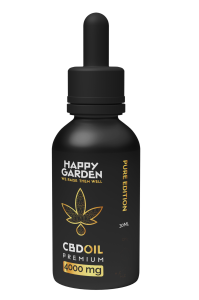
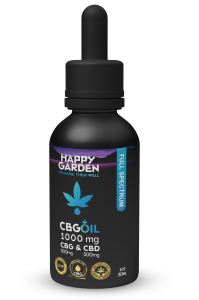
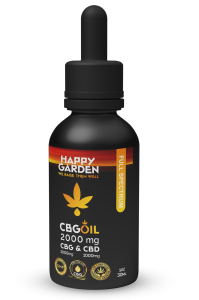


Cannabidiol – CBD has potential therapeutic potential, but its development as an effective drug by industry is delayed due to intrinsic characteristics such as low bioavailability, low water base and variable profiles.
Around the world CBD is used for a variety of medical indications and various medical treatments, but there are still almost no approved medical applications. Many clinical trials continue to take place around the world regarding the many medical uses of CBD, in the treatment of anxiety, schizophrenia, addiction, post-traumatic stress disorder, cancer, inflammatory bowel disease and more.
Up to this date, the United States Food and Drug Administration (FDA) and the European Medicines Agency have approved only two drugs that include cannabidiol. One is the Epidiolex – a drug whose active ingredient is CBD and is intended for the treatment of Epilepsy. The second is Sativex – an oral spray designed to treat symptoms in patients with muscle stiffness resulting from multiple sclerosis (MS).
In order to successfully produce a CBD-based medicine, it is of utmost importance to identify and overcome the challenges in effectively delivering the CBD in the body – its Bioavailability, especially when taken orally, as most medicines are consumed.
The successful transport method of the drug components to the intended site in the body where it is supposed to act, depends on several factors, including the physiology of the user and the physical-chemical properties of the drug (solubility, dissolution, stability, permeability and metabolism). Poor bioavailability, which depends on these factors, usually leads to insufficient therapeutic efficacy.
In this regard, the Bioavailability of CBD varies greatly depending on the route it takes in the body and its composition. Due to the lipophilic nature of the CBD (its good attachment to oils) it is often supplied as an oil, as an alcoholic formula, as soft gel capsules, as a liquid solution, as sublingual drops or as a spray. Although there is still not enough research, the common medical estimate is that the oral Bioavailability of CBD is about 6%.
A possible method to increase oral Bioavailability is to administer CBD alongside a high-fat or high-calorie meals. The method was proven in a test done on healthy people and a fourfold increase in Bioavailability was discovered compared to the Bioavailability when the subjects were in a period of fasting. A test done on adult patients with epilepsy showed similar results.
Research shows that orally delivered CBD is still subject to first-pass metabolism. Impaired liver metabolism has been shown to increase the Bioavailability of CBD, suggesting that first-pass metabolism is a significant barrier to increasing CBD Bioavailability.
Smoking or vaping can overcome some of the problems of delivering CBD in the body systems and increasing its Bioavailability. A study on this subject also compared vaporized CBD to orally administered CBD, at the same dose, and found that when vaping there is around tenfold increase in Cmax (a standard test of the maximum concentration a drug achieves in a cell or a defined test area of the body, after the drug has been administered).
While vaping increases the Bioavailability of CBD, large standard deviations indicate substantial variation between subjects. In addition, the use of the solvents required to create a solution for vaporization may cause irritation of the respiratory tract and may not be suitable for all patients.
Bottom line, fundamental problematic issues, such as polymorphism (the ability of a solid to exist in more than one form), low aqueous solubility, and poor Bioavailability, hinder the effective clinical development of CBD as a solid oral drug. One of the suggestions for increasing Bioavailability refers to increasing the solubility of CBD in the aqueous environment of the digestive tract, which would allow more CBD to pass into the lymphatic or blood circulation, but this method is also not without problems.
What is clear now is that the field of cannabinoid-based drugs, especially CBD, has a rich and diverse future that will become clear as preclinical research continues and Bioavailability issues may be resolved.
